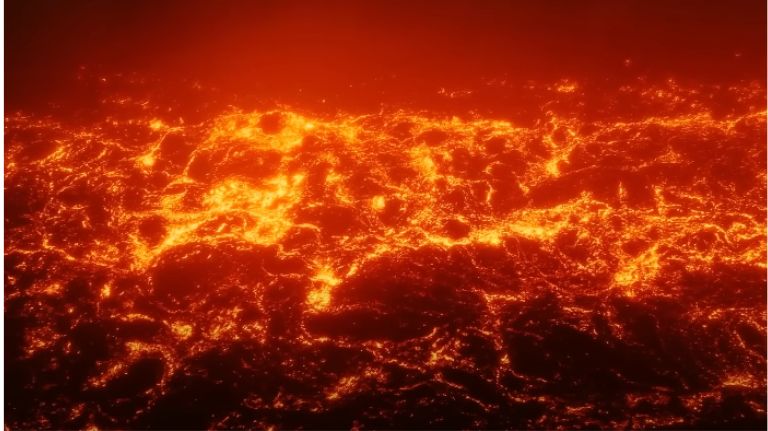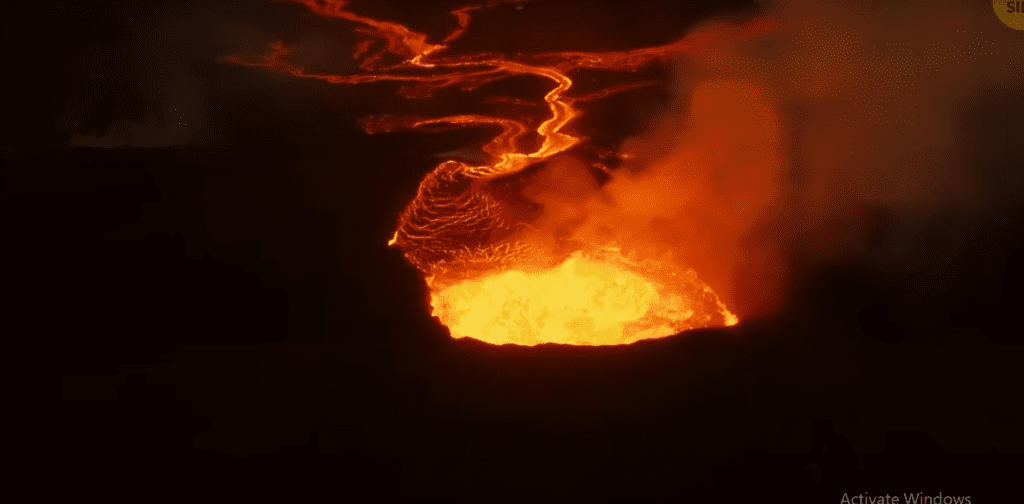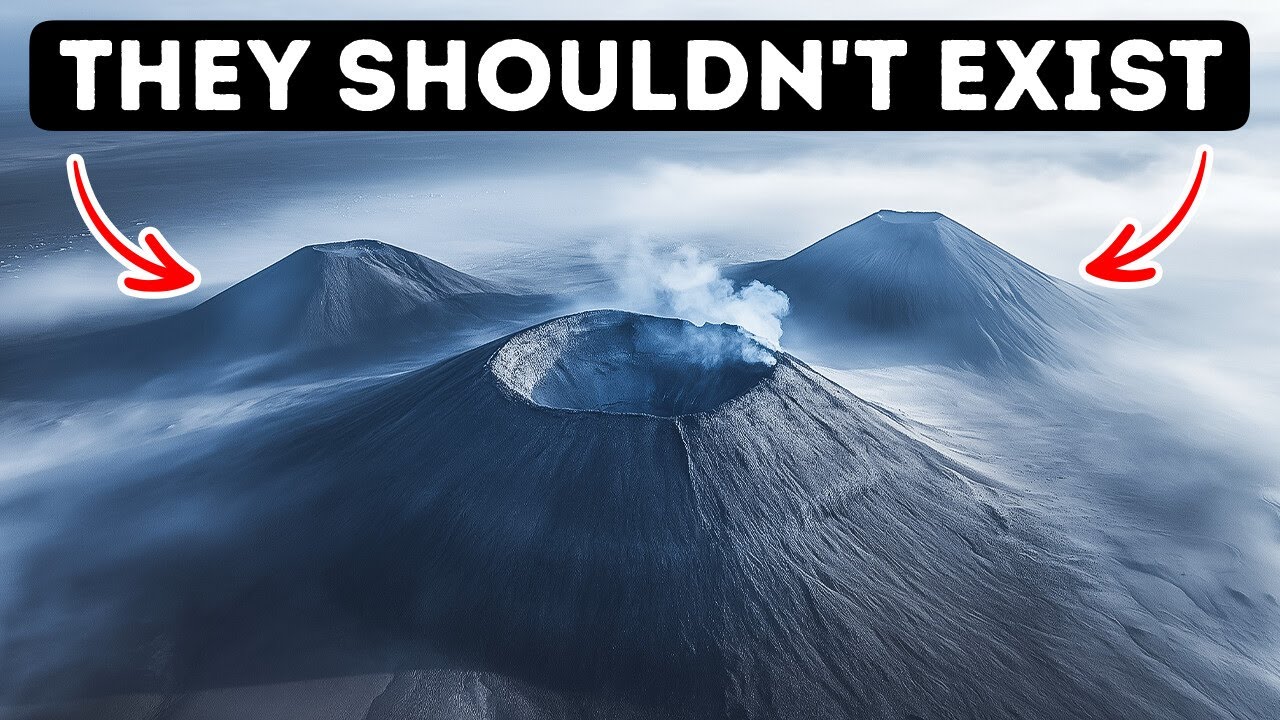Phew, you can finally send that last report for the day and breathe out. The weekend is around the corner. But just when you’re about to hit send, you’re alarmed by the low rumbling under your desk. Is it the light rail passing by? Unfortunately, that’s not the case. It’s a volcano speaking. Here? Volcanoes In Arizona?
Arizona’s Shifting Ground
That’s right, the ground keeps shifting under Arizona, reminding us that Earth is alive. No panic, though, let’s arm ourselves with some context. 20 American states have extinct, active, and dormant, currently sleeping, volcanoes. Among such states, you can find California, New Mexico, Nevada, Utah, and Colorado.
Dormant Yet Potentially Active Volcanoes
On the bright side, Arizona’s volcanoes are dormant at the moment, but it doesn’t mean they won’t go off in the near or not so near future. Now, how about traveling to Arizona to check the traces of its active volcanic past? They dot the desert landscapes of this state like spots dot a Dalmatian. There are entire volcanic fields southwest of Phoenix, east of Douglas, near Flagstaff, north of King man and near the Mexico border.
The Risk of Future Eruptions
The most worrying thing about these fields is that even though they’re not active at the moment, eruptions in this region might happen every thousand years or so. Well, the time seems to be up. The last powerful and destructive volcanic eruption occurred around 1,000 years ago at the Sunset Crater. Oh, this place is worth paying more attention to.

Understanding Hotspots
And we will, but a bit later. First, we have to talk about hotspots. No, not that place where you can surf the web. In our volcanic context, a hotspot is a place where insane amounts of heat melt the overlying crust, Earth’s thin outer layer, and form volcanoes. This heat rises from the mantle, which is located between our planet’s dense, superheated core and the crust.

Hawaiian Hotspots as an Example
Want to see an example of this type of volcanism? Welcome to the Hawaiian Islands. The Big Island has its active volcanoes because, at the moment, it’s situated on top of the Hawaiian hotspot. The older Hawaiian islands were once there too, but later they drifted off towards the northwest. It happened because that’s where the oceanic crust on top of which they sat, namely the Pacific Plate, moved.
Hotspots Around the World
Now, look at the world’s ocean basins. Yes, they’re literally dotted with islands that sit on top of hotspots, like Hawaii. Iceland, Samoa, the Galápagos. Those are probably the most famous examples. But don’t think that continents can’t host hotspots, they can. But those are far less common. One of the most famous continental hotspots is, ah, I bet you know it, yep, the one beneath the Yellowstone Caldera.
Yellowstone Caldera and Hotspots
By the way, the caldera is a vast volcanic crater. Especially, one formed as a result of a massive eruption that led to the collapse of the mouth of a volcano. The Yellowstone Hotspot is basically the creator of Old Faithful and the rest of the hot springs and mud pots for which the National Park is famous.
Old Faithful: A Natural Wonder
Speaking of Old Faithful, let’s make a small detour and pay more attention to this wonder of nature. It’s one of the most well-known geysers in the world. People have been coming from all over the globe to see it for more than a century. The cool thing about this geyser is that the likes of it can only form under very specific conditions.
The Science Behind Geysers
That’s why they’re pretty rare. Magma under the surface superheats pockets of underground water. The pressure there keeps growing until it eventually pushes the water upward with immense strength. A certain volcanic rock with a high silica content lines the tunnel through which this water escapes.
Old Faithful’s Unique Structure
Basically, it creates a unique pipe that can withstand unbelievable pressure and heat created by the water erupting above the ground. Old Faithful was the very first named geyser in Yellowstone. If you come to visit it, expecting the thing to erupt every hour on the hour, you’re going to be disappointed. On average, Old Faithful erupts every 91 minutes or so, which isn’t that bad either.
Visiting Old Faithful
Plus, you can download a special app which will provide you with the approximate time of the next eruption. But be very careful while visiting and stay away from the site. The water erupting from the powerful geyser reaches 204 degrees Fahrenheit (95.56 degrees Celsius). The steam is even more scorching, up to 350 degrees Fahrenheit (ca. 177 °C).
Why Continental Hotspots Are Less Common
It’s hot enough to bake a cake. But let’s get back to our volcanic hotspots. Scientists still don’t clearly understand why there aren’t many hotspot volcanoes on continental crust. One reason might be that the continental crust is much thicker than the oceanic crust, which is about four times as thick on average.
Oceanic vs. Continental Hotspots
Another reason could be that most of Earth’s crust, about two-thirds of it, is oceanic. This means that there’s less continental crust for hotspots to form under. Now, I bet those of you living in Arizona will appreciate the following info. We’ll talk about a volcanic field right in the heart of this state.
The San Francisco Volcanic Field
The San Francisco Volcanic Field. That’s a massive area filled with over 600 volcanoes. Yes, they’re mostly small, but it doesn’t make them any less impressive. They’re scattered across 1,800 square miles in northern Arizona, a giant territory. Interestingly, scientists are still debating about whether this volcanic field is actually sitting on top of a hotspot.
The Youth of Arizona’s Volcanoes
But one thing they agree upon is the volcanoes in this area get younger as you move east. And this pattern matches up with the North American Plate moving west over what could be a stationary hotspot beneath the surface of our planet. Cool, huh? The volcanic Holopaloo in that area started around 6 million years ago.
Recent Volcanic Activity
So, in geological terms, it’s relatively young. As for the most recent eruption, it happened less than a thousand years ago. The Sunset Crater, which I mentioned before, the one near Flagstaff, is the most famous vent from that eruption. The Sinagua people had to leave their homes at Wupatki Pueblo because of the eruption.

Wupatki National Monument
That site is now part of the Wupatki National Monument. There, you can see how people lived in this volcanic region many years ago. If you go to explore this area, you’ll notice that most of the volcanoes there are basalt cinder cones, small and steep. The Colorado Plateau has quite dry weather conditions.
Preserved Volcanic Features
That’s why the volcanoes haven’t worn down much. Some of the best examples of those cones, like this one, called the SP Crater, still look like they appeared yesterday. But look around. It’s not just cinder cones. The San Francisco Volcanic Field also has a stratovolcano, as well as some lava domes that formed from volcanic rocks with more silica than basalt you can find in places like Hawaii.
The San Francisco Peaks
It means they’re thicker and don’t flow as easily. Anyway, the stratovolcano is going to be one of the most epic sights you’ll come across while exploring this volcanic field. Well, not the stratovolcano itself, but the San Francisco Peaks, the remains of that giant formation. They stand tall at more than 12,600 feet.
The Sacred Peaks
That’s four and a half Burj Khalifa placed on top of one another. It makes the peaks some of the biggest landmarks in northern Arizona. They’re not only stunning but also sacred to the Native American people who have lived in the area for many generations. Now, unlike those super active volcanoes in Hawaii, the San Francisco Volcanic Field takes its time, thousands of years between eruptions.
The Potential for Future Eruptions
But you shouldn’t relax just yet. Geologists say another eruption is likely to happen one day. It will probably occur in the remote eastern part of the field, away from big towns. Phew! And if that next eruption is anything like the one that formed Sunset Crater, it would be quite the show. Lava fountains and rivers of lava flowing.
Waiting for the Next Volcanic Show
At the same time, the next eruption might not happen for centuries, maybe even millennia. Until then, the San Francisco Volcanic Field will remain a hidden gem of volcanic history, waiting for its next fiery performance.
That’s it for today! So hey, if you pacified your curiosity, Explore more Amazing Facts and stay on the mudassirmirza.online!
- The Science Behind Feeling Like You’re Being Watched
- The Full Story of Unicorns: Yes, They Were Real
Read our previous article: What Are the Best Affordable Sports Cars Under $50,000?

2 thoughts on “In the World: The Most Mysterious Volcanoes in Arizona”